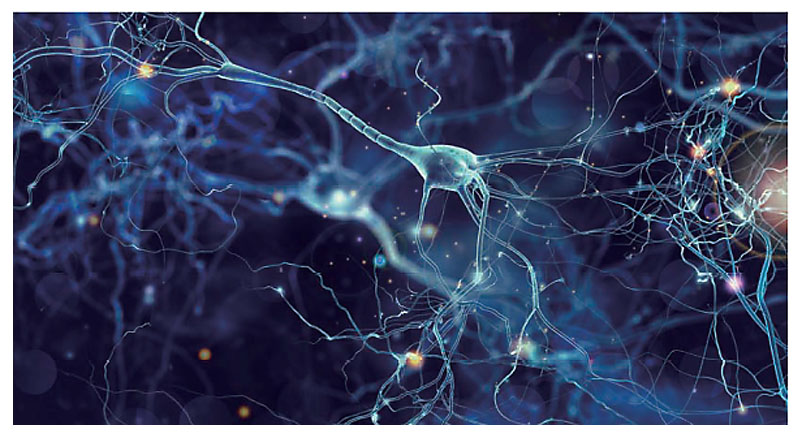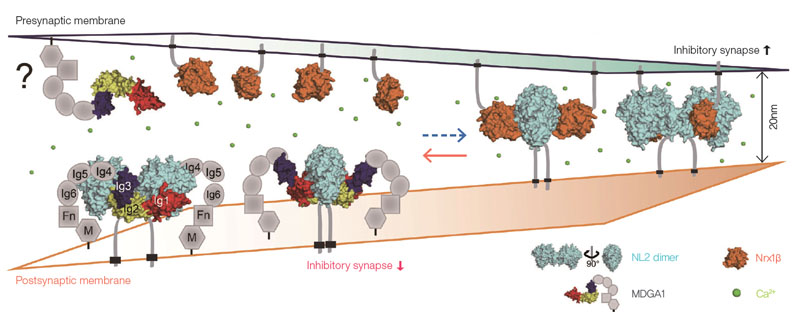주메뉴
- About IBS 연구원소개
-
Research Centers
연구단소개
- Research Outcomes
- Mathematics
- Physics
- Center for Theoretical Physics of the Universe(Particle Theory and Cosmology Group)
- Center for Theoretical Physics of the Universe(Cosmology, Gravity and Astroparticle Physics Group)
- Center for Exotic Nuclear Studies
- Center for Artificial Low Dimensional Electronic Systems
- Center for Underground Physics
- Center for Axion and Precision Physics Research
- Center for Theoretical Physics of Complex Systems
- Center for Quantum Nanoscience
- Center for Van der Waals Quantum Solids
- Chemistry
- Life Sciences
- Earth Science
- Interdisciplinary
- Institutes
- Korea Virus Research Institute
- News Center 뉴스 센터
- Career 인재초빙
- Living in Korea IBS School-UST
- IBS School 윤리경영


주메뉴
- About IBS
-
Research Centers
- Research Outcomes
- Mathematics
- Physics
- Center for Theoretical Physics of the Universe(Particle Theory and Cosmology Group)
- Center for Theoretical Physics of the Universe(Cosmology, Gravity and Astroparticle Physics Group)
- Center for Exotic Nuclear Studies
- Center for Artificial Low Dimensional Electronic Systems
- Center for Underground Physics
- Center for Axion and Precision Physics Research
- Center for Theoretical Physics of Complex Systems
- Center for Quantum Nanoscience
- Center for Van der Waals Quantum Solids
- Chemistry
- Life Sciences
- Earth Science
- Interdisciplinary
- Institutes
- Korea Virus Research Institute
- News Center
- Career
- Living in Korea
- IBS School
News Center
First structural identification of key synapse-regulating proteins- Hopes are rising for new treatment options in autism and other neuropsychiatric disorders -
The brain of a living organism collects and processes all information coming from outside or generated inside. It regulates body functions and behaviors essential for the organism’s survival and is also responsible for learning and memory formation. The numerous neurons comprising the brain are the key to these brain functionality; more specifically, the signal exchanges among neurons at synapses – where neurons meet other neurons - are what underlie the workings of the brain. The synapses, as basic units of brain activities, can be classified as excitatory or inhibitory: they are excitatory if the molecules they release fire up other neurons and inhibitory if the molecules suppress the excitation of other neurons. The signal exchanges - or neurotransmissions - occur most efficiently when there is a balance between the two synaptic types and autism, manic–depressive disorders and other various neuropsychological disorders may develop if the balance is broken. Synaptic adhesion proteins orchestrate the formation of synapses. Neuroligins (NLs) and neurexins (Nrxs) are two of the most extensively studied ones, binding to each other to regulate the development and maintenance of excitatory and inhibitory synapses. Recent studies have reported that the synaptic protein MDGA1 disrupts the formation of inhibitory synapses, but its exact mechanisms - how it suppresses their formation and whether their workings are correlated with NLs and Nrxs - are yet to be identified. A research team led by Director KIM Eunjoon, of the IBS Center for Synaptic Brain Dysfunctions,; Professor KIM Ho Min, at the Korea Advanced Institute of Science and Technology (KAIST); and Professor KO Jaewon, at the Daegu Gyeongbuk Institute of Science and Technology (DGIST), first identified the three-dimensional structure of MDGA1, a postsynaptic protein known to modulate the binding between NLs and Nrxs, and explained its suppressive role in the formation of inhibitory synapses. The team’s research has opened a new route towards molecular understanding of how imbalances between excitatory and inhibitory synapses are associated with diverse neuropsychiatric disorders.
The researchers employed a protein crystallization technique to build a protein complex of MDGA1 and NL2, a protein that selectively binds to MDGA, and analyzed the 3D structure of the complex. They found MDGA1 prevents Nrxs from binding to NL2s and therefore negatively affects the inhibitory synaptic formation. Both MDGA1 and Nrxs binds to NL2, but captures more of the NL2s using its wider binding area. Through experiments involving rat models, the team verified the suppressive role of MDGA1 in such synaptic organization; the key is their selective binding to NL2s that are present in inhibitory synapses. Mammals have four NL genes - NL1, NL2, NL3 and NL4 - and two MDGA genes –MDGA1 and MDGA2. The experiments yielded a different result from the theoretical predictions that MDGA1 and MDGA2 would non-selectively bind to NL1 and NL2; it turns out that in the actual brains of rats MDGA1 is the one that selectively binds to NL2 to keep inhibitory synapses from forming. “Through close, interdisciplinary collaboration between protein structural and neurological biology, we were able to structurally explain MDGA1, the essential protein in synaptic formation, and identify its working mechanisms for the first time,” says Professor KIM Ho Min. “With this, a more comprehensive understanding of the development of various neuropsychiatric disorders associated with dysfunctional synaptic proteins will be possible.” By elucidating how MDGA1 and two representative synaptic adhesion proteins NLs and Nrxs work together in suppressing synaptic formation, the team’s research is expected to stimulate further studies of synaptic regulation molecules. “We will move on to investigating other types of protein binding and structure formation in both excitatory and inhibitory synapses,” says Professor Ho Min Kim. The team’s ultimate goal is “to develop actual drugs to treat autism, schizophrenia and other mental disorders.” |
| before | |
|---|---|
| before |
- Content Manager
- Public Relations Team : Suh, William Insang 042-878-8137
- Last Update 2023-11-28 14:20













